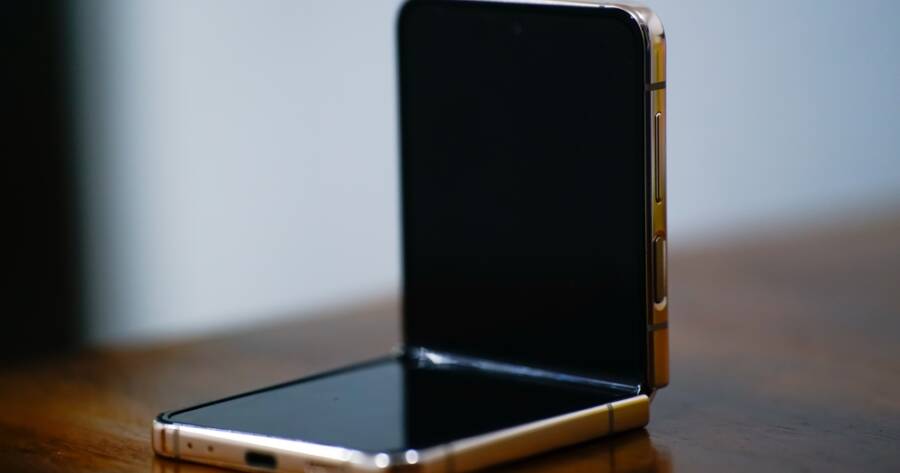For years, flip phones were considered relics of a bygone era, remembered mostly for their click-shut sound and compact size. Yet recently, flip devices have been making a quiet comeback in the United States. In a world where smartphones dominate nearly every part of daily life, many people are rediscovering the simple joy—and practical benefits—of “dumb” phones. Their reappearance is more than nostalgia; it reflects shifting priorities around privacy, focus, and even personal well-being.
A Break From Digital Overload
Smartphones are powerful, but they can also feel overwhelming. Constant notifications, social media feeds, and endless apps make it difficult to disconnect. For people who crave a simpler lifestyle, flip phones offer a welcome break.
These devices handle the essentials—calls and texts—without the constant pull of distractions. Users often report that switching to a flip phone helps them focus more on in-person interactions and reduces the anxiety of always being “on.”
Protect Your Privacy
Flip phones generally collect and store much less personal data than smartphones. They lack the advanced tracking features, app ecosystems, and constant internet connectivity that make smartphones so data-hungry.
This minimalist setup means flip phones naturally reduce exposure to location tracking, behavioral profiling, and data breaches—making them an appealing choice for people concerned about privacy and surveillance.
Durability and Practical Design
Another reason flip phones are returning is their reputation for durability. Unlike many modern smartphones, which are fragile and expensive to repair, flip phones are built to withstand everyday drops and scratches.
Their folding design naturally protects the screen when closed, making them ideal for people who want a low-maintenance device. Some newer flip models even blend durability with updated features, like larger buttons and clearer displays, making them easier to use without sacrificing comfort.
Long Battery Life and Reliability
One of the most common complaints about smartphones is their short battery life. With heavy use, a smartphone might need charging multiple times a day. Flip phones, on the other hand, are known for lasting several days on a single charge.
For travelers, workers in the field, or simply those who do not want to carry a charger everywhere, this makes a big difference. In emergency situations, having a phone that holds power for days provides an added layer of security and peace of mind.
Features That Still Matter
Though simpler than smartphones, modern flip phones are far from outdated. Many now include cameras for capturing quick snapshots, Bluetooth compatibility for wireless headsets, and basic internet access for checking email or maps. Importantly, they still provide the most essential feature of any phone: clear and reliable voice calls. For older adults or anyone who struggles with touchscreens, the tactile buttons of a flip phone also make communication easier and less frustrating.
In addition, some flip phones now integrate safety features like emergency buttons or compatibility with hearing aids. These small but meaningful upgrades ensure that flip phones remain relevant in today’s tech-driven world, while still keeping things refreshingly simple.
A Conscious Lifestyle Choice
Choosing a flip phone today is often about more than just technology—it is a lifestyle choice. Many people are deliberately stepping back from smartphones to reclaim time and attention.
Parents may give flip phones to their kids as a first phone, ensuring they can stay in touch without opening the door to social media. Others use flip phones as a “weekend device,” allowing them to disconnect while still staying reachable. The growing “digital detox” trend has made these devices symbols of balance in an always-connected society.
Why Flip Phones Still Have a Place
The quiet comeback of flip phones is not just about nostalgia—it is about practicality and peace of mind. With their durability, long-lasting batteries, and distraction-free design, flip phones meet the needs of people who want a simpler, more intentional relationship with technology.
While smartphones remain essential tools for many, the flip phone’s return shows that sometimes less really is more. In an age of constant connectivity, their benefits prove that old ideas can still offer modern solutions.

